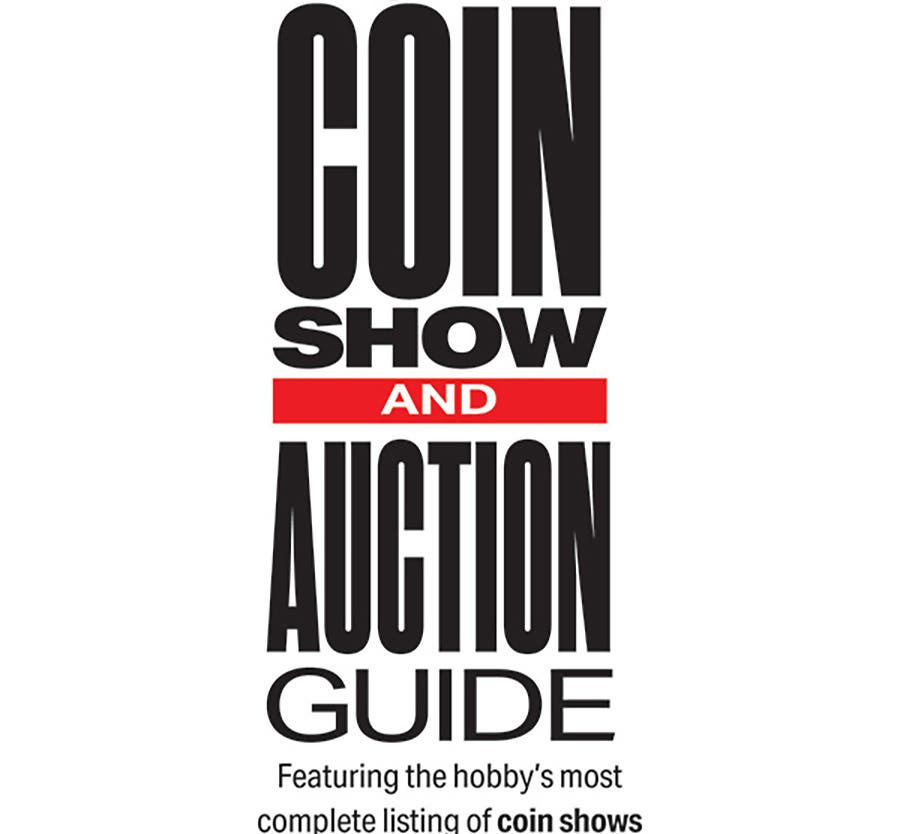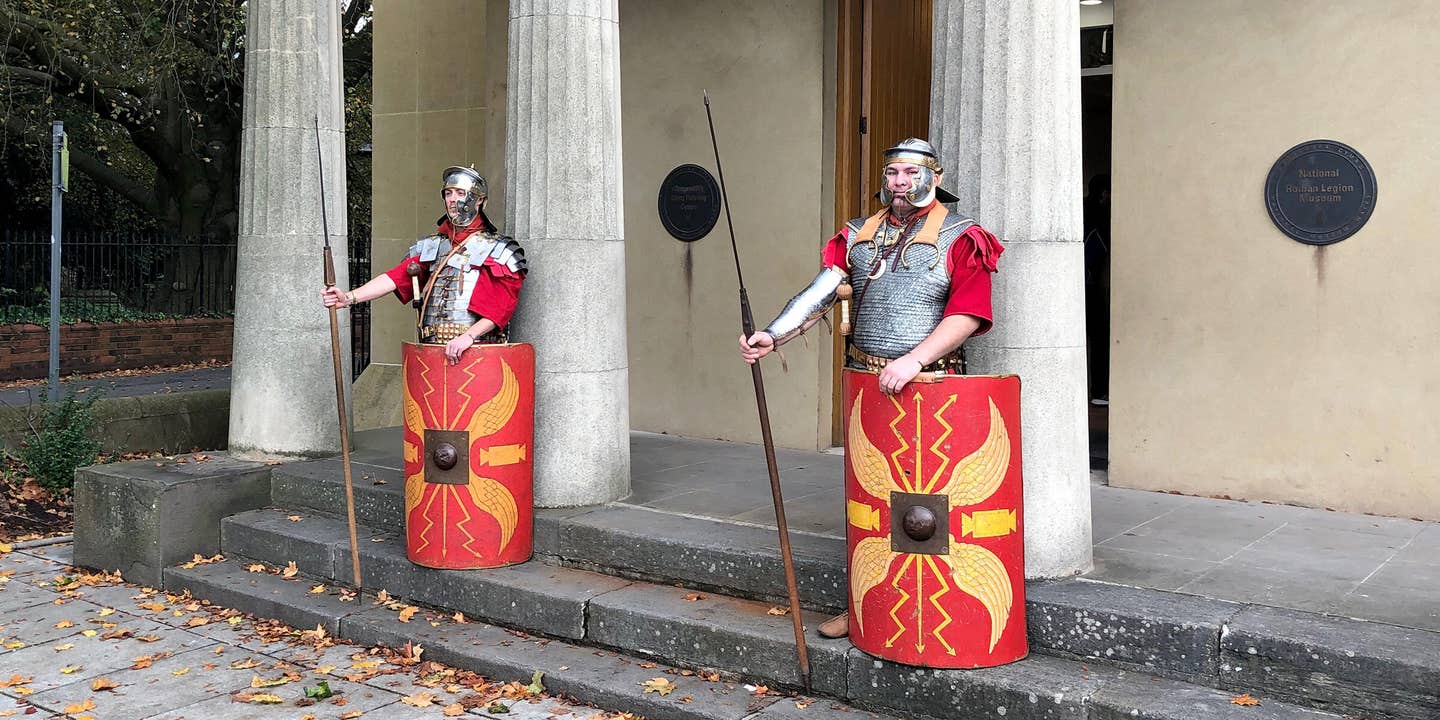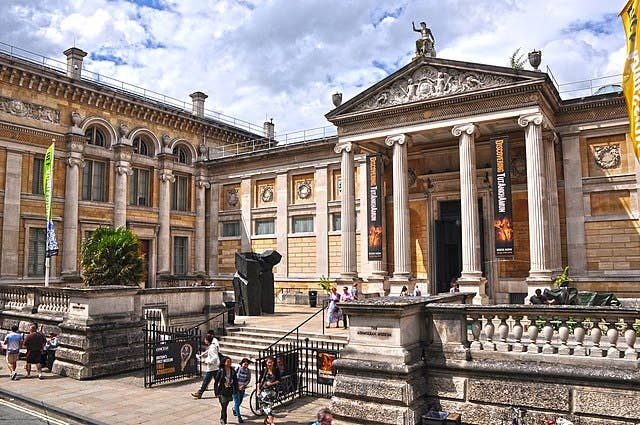A complete denomination presentation set of small-size Federal currency specimens ($1-$10,000) consigned by the family of Assistant Treasury Secretary Henry Herrick Bond, who led the changeover from large-size to small-size U.S. paper money, is expected to sell for $500,000 in Heritage Auctions’ Platinum Night Currency Auction, Aug. 12-17. The sale is in conjunction with the American Numismatic Association’s “World’s Fair of Money” in Chicago.
“The 11 face and 11 back specimens are accompanied by a scrapbook of photos, letters, clippings and archival material depicting the career of Mr. Bond,” said Allen Mincho, Director of Currency Auctions at Heritage Auctions. “Not only is this archive a one-of-a-kind treasure, it’s a valuable look inside the life of the man who undertook a massive challenge and a Treasury career that spanned two presidents.”
Bond, who was educated at Harvard, accepted an appointment in 1927 to serve as Assistant Treasury Secretary under Treasury Secretary Andrew Mellon, where he was charged with supervision of the Bureau of Internal Revenue and coordinating the transition from the large-size to the small-size currency, which occurred on July 10, 1929.
The massive changeover required redesigns for Legal Tenders, Silver Certificates, Gold Certificates, Federal Reserve Bank Notes, Federal Reserve Notes, and National Bank Notes. There were 31 designs across all types and including all denominations.
Bond tendered his resignation in August 1929, a month after the transition was complete.
“He was presented this rare, complete wide-margin set at a special retirement party, a true glimpse of the admiration the Bureau and his coworkers had for Bond’s commitment and hard work on this project,” Mincho said. “The term ‘museum quality’ is one which is often found in auction catalogs, often without any real justification, but it is absolutely applicable here.”
The auction features another lot tied to Bond’s collection: an Fr. 1800-1 $5 1929 National Bank Note “Model” (est. $75,000+). Bond was presented with this note, which Paper Money Guaranty has labeled as a card-mounted proof of a “Model” for the Series 1929 National Bank Note.
Additional auction highlights include:
• Newly discovered $50 1880 Legal Tender, PMG Very Fine 30 Net, one of seven known to exist (est. $50,000+);
• 1934 $5,000 Federal Reserve Note, Fr. 2221-B, PCGS Choice New 63;
• 1934 $10,000 Federal Reserve Note, PCGS Apparent Extremely Fine 40;
• $5 1896 Silver Certificate, PCGS 66PPQ;
• $100 1914 Red Seal Federal Reserve Note, PMG Choice Uncirculated 63 EPQ;
• 1928 $1,000 Gold Certificate, PMG Choice About Uncirculated 58 EPQ.
For additional information, visit www.HA.com.
This article was originally printed in Bank Note Reporter.
>> Subscribe today or get your >> Digital Subscription
• The Standard Catalog of United States Paper Money is the only annual guide that provides complete coverage of U.S. currency with today’s market prices.








